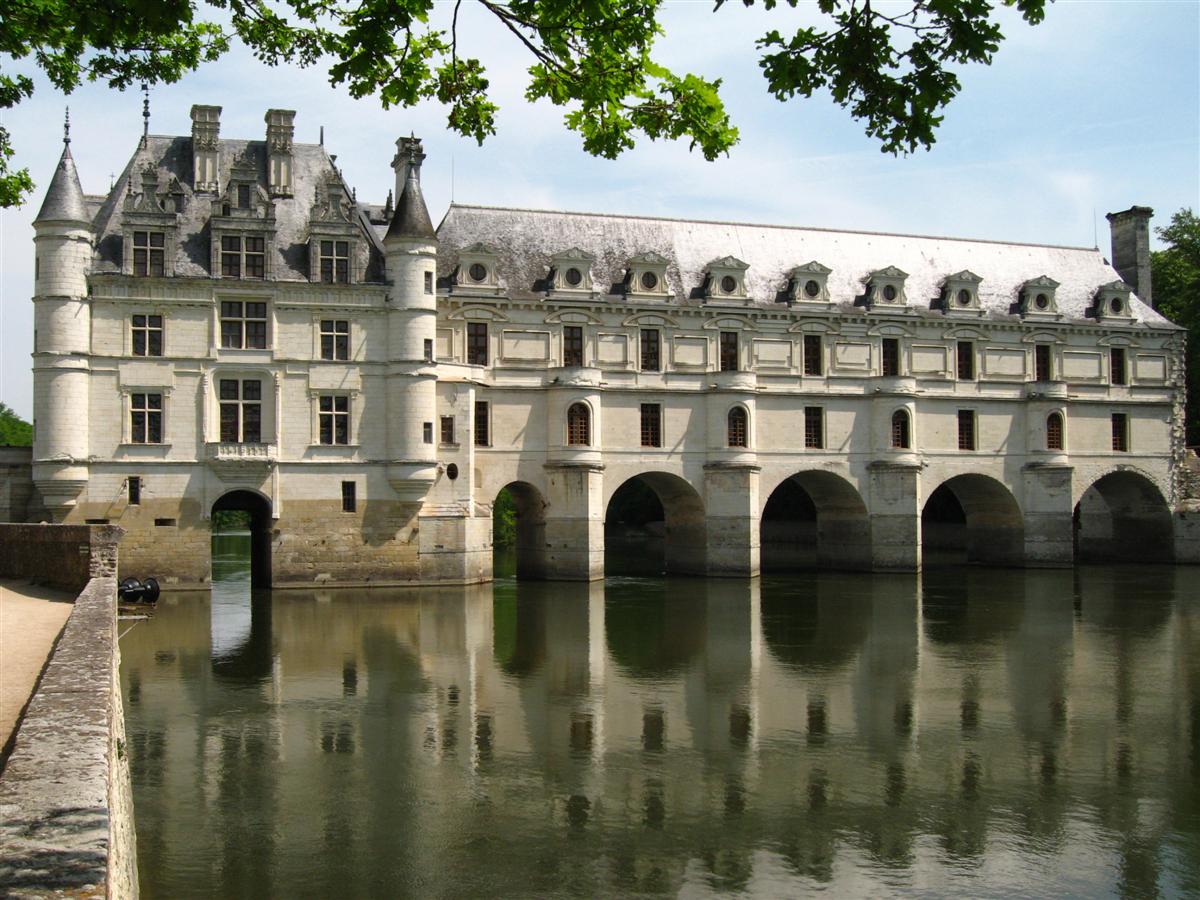Jean Bullant on:
[Wikipedia]
[Google]
[Amazon]

 Jean Bullant (1515 – 13 October 1578) was a French
Jean Bullant (1515 – 13 October 1578) was a French
Bullant's treatises on line

architect
An architect is a person who plans, designs and oversees the construction of buildings. To practice architecture means to provide services in connection with the design of buildings and the space within the site surrounding the buildings that h ...
and sculptor
Sculpture is the branch of the visual arts that operates in three dimensions. Sculpture is the three-dimensional art work which is physically presented in the dimensions of height, width and depth. It is one of the plastic arts. Durable sc ...
who built the tombs of Anne de Montmorency
Anne, Duke of Montmorency, Honorary Knight of the Garter (15 March 1493, Chantilly, Oise12 November 1567, Paris) was a French soldier, statesman and diplomat. He became Marshal of France and Constable of France and served five kings.
Early lif ...
, Grand Connétable of France, Henri II, and Catherine de' Medici
Catherine de' Medici ( it, Caterina de' Medici, ; french: Catherine de Médicis, ; 13 April 1519 – 5 January 1589) was an Florentine noblewoman born into the Medici family. She was Queen of France from 1547 to 1559 by marriage to King ...
. He also worked on the Tuileries
The Tuileries Palace (french: Palais des Tuileries, ) was a royal and imperial palace in Paris which stood on the right bank of the River Seine, directly in front of the Louvre. It was the usual Parisian residence of most French monarchs, from ...
, the Louvre
The Louvre ( ), or the Louvre Museum ( ), is the world's most-visited museum, and an historic landmark in Paris, France. It is the home of some of the best-known works of art, including the ''Mona Lisa'' and the '' Venus de Milo''. A central ...
, and the Château d'Écouen
The Château d'Écouen is an historic château in the commune of Écouen, some 20 km north of Paris, France, and a notable example of French Renaissance architecture. Since 1975, it has housed the collections of the Musée national de la Renaissa ...
. Bullant was a Huguenot
The Huguenots ( , also , ) were a religious group of French Protestants who held to the Reformed, or Calvinist, tradition of Protestantism. The term, which may be derived from the name of a Swiss political leader, the Genevan burgomaster Be ...
.
Career
On his return in 1537 from a study in Rome, Bullant worked for Montmorency, for whom he transformed theChâteau d'Écouen
The Château d'Écouen is an historic château in the commune of Écouen, some 20 km north of Paris, France, and a notable example of French Renaissance architecture. Since 1975, it has housed the collections of the Musée national de la Renaissa ...
about 1550, built the "petit château" at Chantilly, and modernized the Château de Fère-en-Tardenois, with its splendid bridge.
He took up the ongoing works at the Tuileries
The Tuileries Palace (french: Palais des Tuileries, ) was a royal and imperial palace in Paris which stood on the right bank of the River Seine, directly in front of the Louvre. It was the usual Parisian residence of most French monarchs, from ...
upon the death of Philibert Delorme (1570), and was appointed a royal architect, (1571–78). At Chenonceaux
Chenonceaux () is a commune in the French department of Indre-et-Loire, and the region of Centre-Val de Loire, France.
It is situated in the valley of the river Cher, a tributary of the Loire, about 26 km (16 mi) east of Tours and on th ...
he built the gallery that spans the river on arches (1576–1577). For Catherine de Médicis he built the Hôtel de Soissons, (1572–84; demolished in 1748), of which only the '' Medici's column'' remains.
His treatise on architecture, ''La Règle générale architecture sur Les cinq manières de colonnes'', was published at Paris, 1564 and 1568. Bullant was also the author of treatises linking theory to practice, on geometry for craftsmen (''Petit Traicté de géometrie et horologiography pratique'', 1564), and horology, notably quadrants and solar clocks (''Recueil d'Horlogiographie'', 1561).
See also
* Catherine de' Medici's building projectsReferences
Additional sources
* *Blunt, Anthony. ''Art and Architecture in France, 1500-1700'' 2nd ed. Harmondsworth: Penguin, 1970. *Charles Bauchal
Charles is a masculine given name predominantly found in English and French speaking countries. It is from the French form ''Charles'' of the Proto-Germanic name (in runic alphabet) or ''*karilaz'' (in Latin alphabet), whose meaning was " ...
''Nouveau dictionnaire des architectes français''. Paris: André, Daly fils et Cie, 1887; p. 842
* F. Lemerle & Y. Pauwels, ''L'architecture à la Renaissance'', Paris: Flammarion, Paris, 1998 (reissued 2004)
External links
Bullant's treatises on line
François Rabelais University
The University of Tours (french: Université de Tours), formerly François Rabelais University of Tours (french: Université François Rabelais), is a public university in Tours, France. Founded in 1969, the university was formerly named after t ...
1515 births
1578 deaths
People from Amiens
16th-century French architects
16th-century French sculptors
French male sculptors
Renaissance architects
Renaissance sculptors
{{France-architect-stub